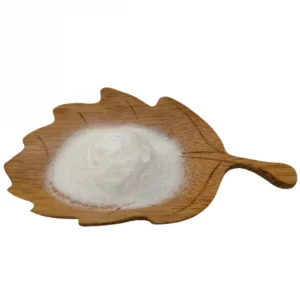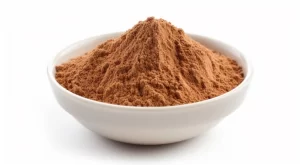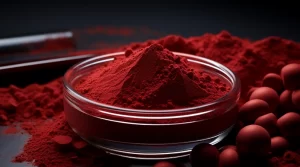홀리 베리 추출물이란?

The Holy berry is the fruit of the flowering Vitex agnus-castus, a species of Vitex in the verbena family, which is a small deciduous tree native to Africa, the Mediterranean countries and Central Asia.
Phytochemical studies showed that different parts (fruits, leaves and stems) contained a large number of secondary metabolites, such as iridoids, flavonoids, terpenoids, essential oils, ketosteroids and vanillic acids.
These bioactive ingredients occur naturally in most plants and have antioxidant, anti-cancer, anti-viral, anti-bacterial, anti-diabetic and anti-inflammatory properties. And other biological characteristics.
The consumption of the clean berry (also known as the chastity fruit) dates back 2,500 years to ancient Indian and Roman times, when Hippocrates, the father of medicine, mentioned its use in healing.
Traditional medicine is mainly used for diseases related to the female reproductive system, such as: PMS, periodic breast pain, irregular periods, hyperprolactinemia, infertility, flatulence, menopausal symptoms… At that time, people also believed that it had the effect of reducing sexual desire after consumption (but there is no relevant literature to confirm).
Today, saintly berries are popular in natural medicine and are approved by the German Commission E (equivalent to the US Food and Drug Administration) for the treatment of menstrual discomfort and are commonly prescribed by local doctors.
What are the recommended effects of the holy berry
1. Beneficial for PMS
PMS/PMS is a complex combination of psychological symptoms and physical changes that occur 1 to 2 weeks before menstruation, within a few days of the onset of the follicular period (menstrual period), symptoms begin to abate, and disappear 1 week after menstruation. Nearly 50% of women of reproductive age have experienced PMS.
During most of the last week of the luteal phase, at least five or more of the following symptoms must be present and at least one of the first four symptoms must be present
1. Depressed mood;
2. Nervousness or anxiety;
3. Emotional instability;
4. Irritability or anger;
5. Decreased interest in daily activities;
6. Lack of concentration;
7. Fatigue or lethargy;
8. Changes in appetite;
9. Lethargy or insomnia;
10. Feeling overwhelmed;
11. Physical symptoms (breast tenderness, headache, bloating, muscle pain)
2. Beneficial for menopausal symptoms in women
Menopause is one of the most critical physiological stages in a woman’s life. During menopause, the activity of estrogen and progesterone secreted by the ovaries decreases sharply, causing physiological and psychological changes that affect the quality of life. This phenomenon usually occurs between the ages of 45 and 60.
Some common postmenopausal symptoms include hot flashes, sleep disturbances, night sweats, mood swings, cognitive problems, sexual dysfunction, mucus atrophy, vaginal dryness, and weight gain.
These symptoms occur in more than 85 percent of menopausal women and usually last five to seven years, but can last 15 or more years.
3. Beneficial for female sexual dysfunction
Human sexuality is a complex process coordinated by the nervous, vascular, and endocrine systems and is an essential component of health, quality of life, and general well-being.
Sexual behaviour is influenced not only by family, social and religious beliefs, but also by ageing, health and personal experience, and socio-economic status.
In women, sexual dysfunction is generally divided into four categories: female orgasm disorder, female sexual interest/arousal disorder, genital-pelvic pain/penetration disorder, and substance/drug-induced sexual dysfunction.
참조
1. Vitex agnus castus: a systematic review of adverse events
2. Vitex agnus-castus in premenstrual syndrome: A meta-analysis of double-blind randomised controlled trials
3. Comparison of Vitex agnus-castus Extracts with Placebo in Reducing Menopausal Symptoms: A Randomized Double-Blind Study
4. The 4-month effect of Vitex agnus-castus plant on sexual function of women of reproductive age: A clinical trial
() ()


